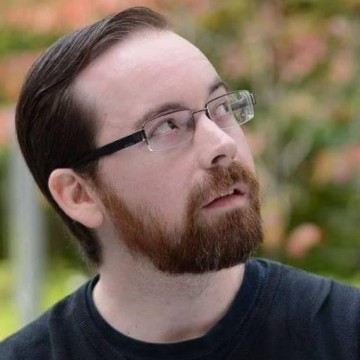Creeptober Night 2: The Texas Chain Saw Massacre (1974)
Day 2 continues with another classic.
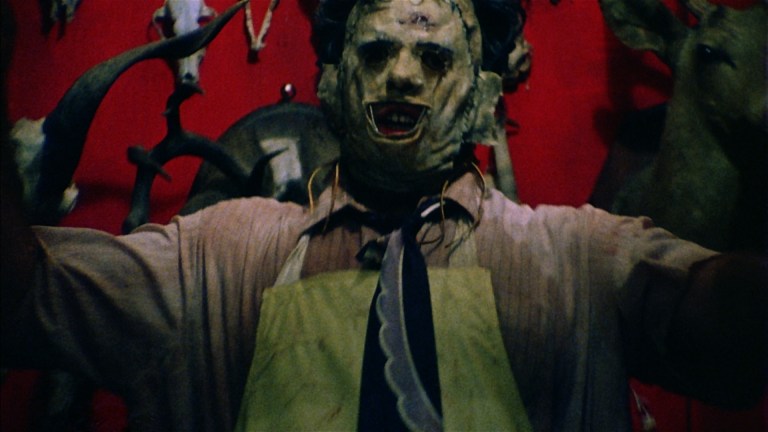
Table of Contents
I wanted to start this year’s Creeptober with back-to-back classics, but I wanted two horror movies that feel very different. So, for today’s movie I picked a film that is as perfect in its execution as Halloween, but in an extremely different way. Creeptober Night 2 focuses on The Texas Chain Saw Massacre.
Reacting to The Texas Chain Saw Massacre
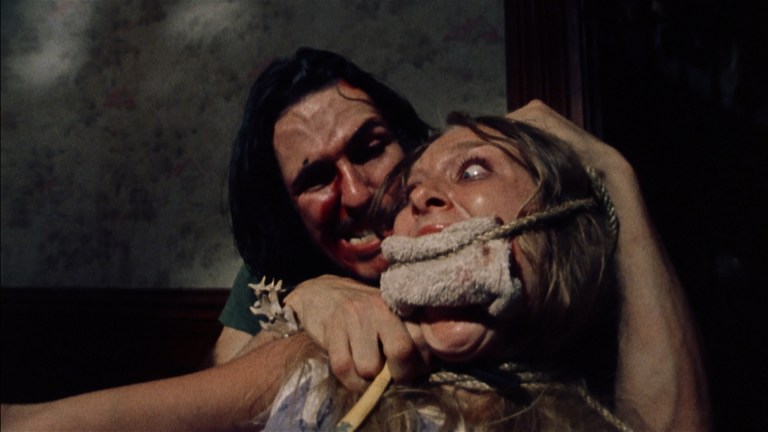
The Texas Chain Saw Massacre is a work of unbridled terror. This is in sharp contrast to the masterful suspense of a movie like Halloween, but it is no less effective. That’s not to say there isn’t suspense in TCM. But more often than not, TCM goes from calm and quiet to loud and frantic in a split-second. That, plus the strong undercurrent of pitch-black humor, are its strengths.
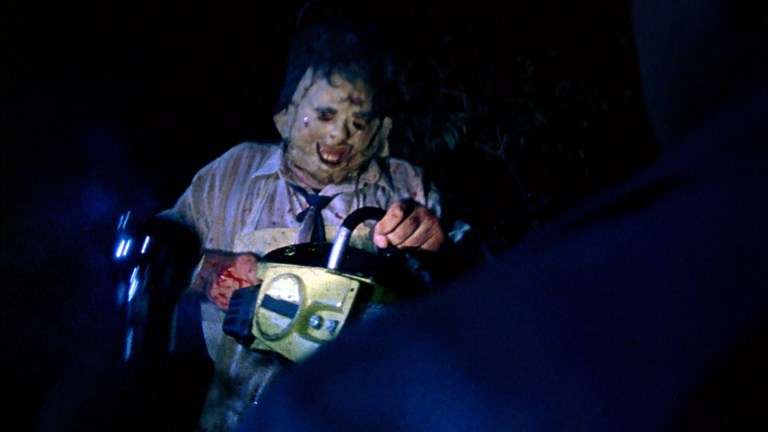
Many people might balk at the idea that The Texas Chain Saw Massacre has humor. For years I didn’t see it either, but it’s definitely there. Director Tobe Hooper even talks about it briefly in the commentary on the Blu-ray. He co-wrote the film with Kim Henkel, and when talking on the commentary track about constructing scenes, Hooper said that, “when it was funny to us, we knew it was right.”
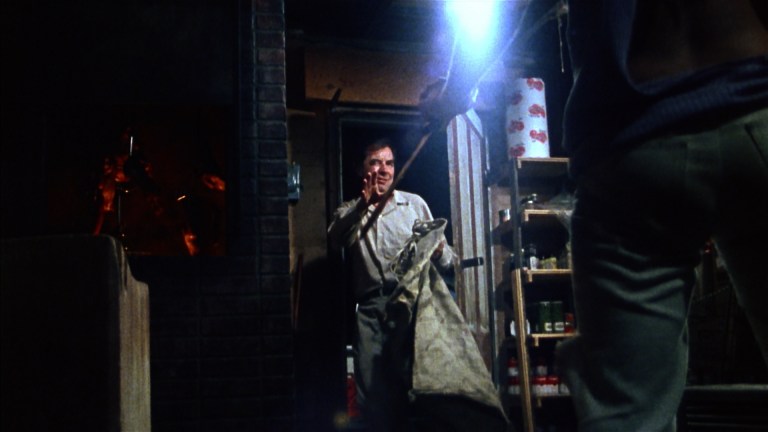
You can absolutely see this humor in the movie during moments like when the Old Man subdues Sally with a broom, or when Grandfather can’t hold onto the hammer, and even when Leatherface is running around the house worried about all the strangers walking through the front door. The Texas Chainsaw Massacre 2 (1986) leans too hard into the comedy in my opinion, but the dark humor in the 1974 film works brilliantly. Combining the gritty and realistic tone of the film with the absurdity of some of the family’s actions creates a supremely unsettling experience.
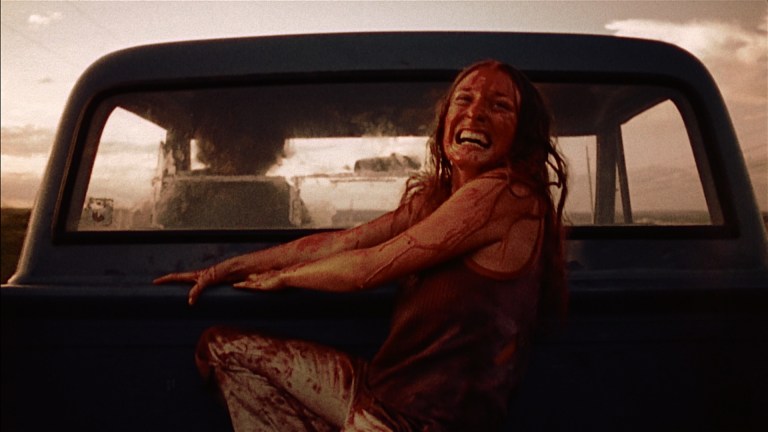
But also, the terror is unrelenting in the final sequences. From the moment Leatherface pops up in front of Franklin and chainsaws the poor guy, there’s barely any time to catch your breath. Sally’s detour into the gas station seems like the only moment of respite, but that’s actually one of the most prolonged moments of suspense. For the most part, the final third of the movie is all screams, chainsaws, torture, and chases. It’s overwhelming, but it’s overwhelming in the right way. By the end, Sally’s maniacal laugh is absolutely warranted.
The Texas Chain Saw Massacre Trivia
Today’s trivia comes from the commentary track on The Texas Chain Saw Massacre Blu-ray which features director and co-writer Tobe Hooper, cinematographer Daniel Pearl, and Gunnar Hansen aka Leatherface.
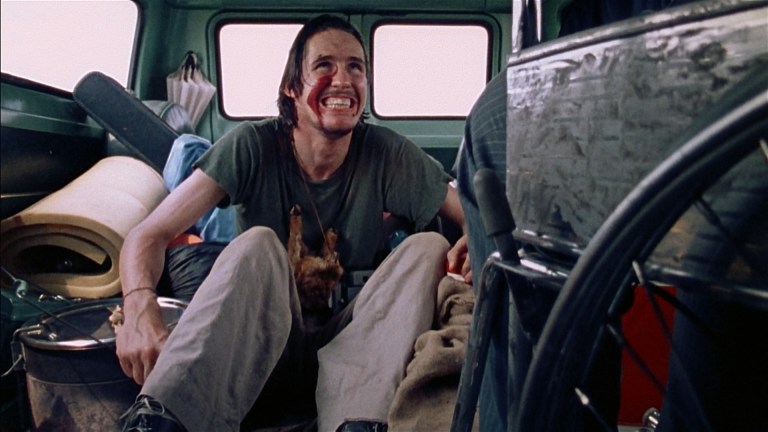
The first fact I’ll bring up is something I think many people are aware of. One of the title considerations for The Texas Chain Saw Massacre was Leatherface. For obvious reasons, Gunnar Hansen expressed disappointment in the commentary that they didn’t go with that title. Another consideration for the title of the movie was Head Cheese. I actually kind of like how that title represents the movie, but Texas Chainsaw Massacre is definitely a better name for an ongoing franchise.
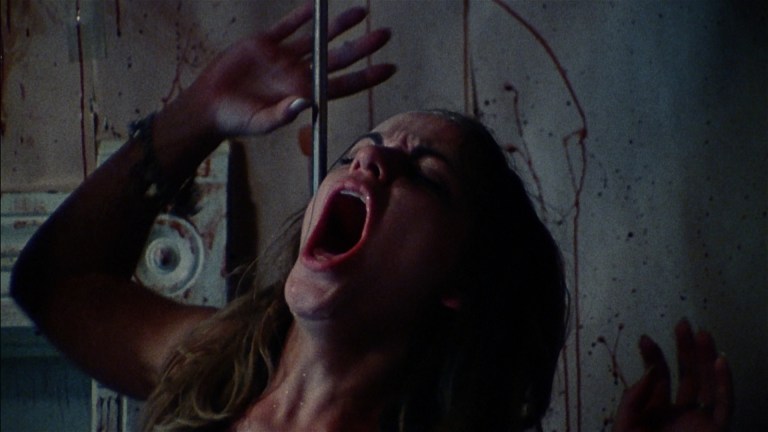
Many people will rightly notice a relative lack of blood throughout The Texas Chain Saw Massacre. One of the main reasons for that is because Tobe Hooper was shooting for a PG rating. He didn’t get it, and the movie was released with an R rating.
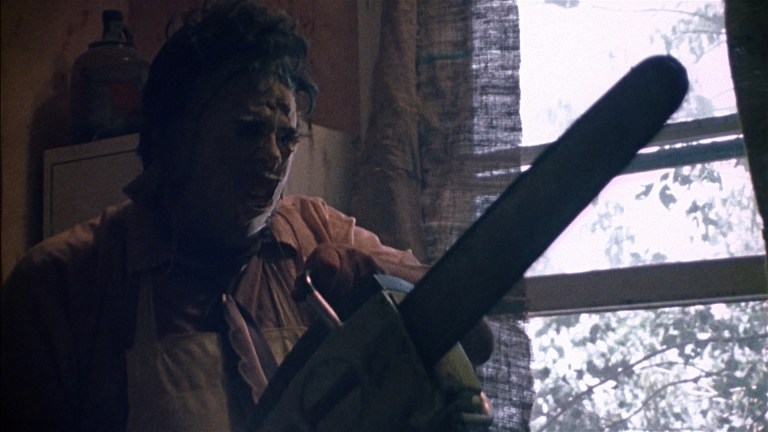
Part of the reason for the R rating was surely because of the overall tone of the film, but there is also a bit of on-screen gore. One of the few moments we actually see flesh being cut is in the final scene when Leatherface is chasing Sally and the truck driver on the main road. Leatherface falls, and his chainsaw lands on his leg. The way they did that effect was by securing a metal plate to Gunnar Hansen’s leg and placing some meat and a blood pack on top. Gunnar said that the metal plate got so hot when the chainsaw landed on it that he thought he’d actually been cut.

Gunnar also talked about how slow of a runner Marilyn Burns was. When Leatherface chases Sally at night, Gunnar said that he had to keep stopping to avoid catching up to her. When you watch the scene, you can see Leatherface stopping every few seconds to cut branches. Marilyn’s slow run is the reason why!
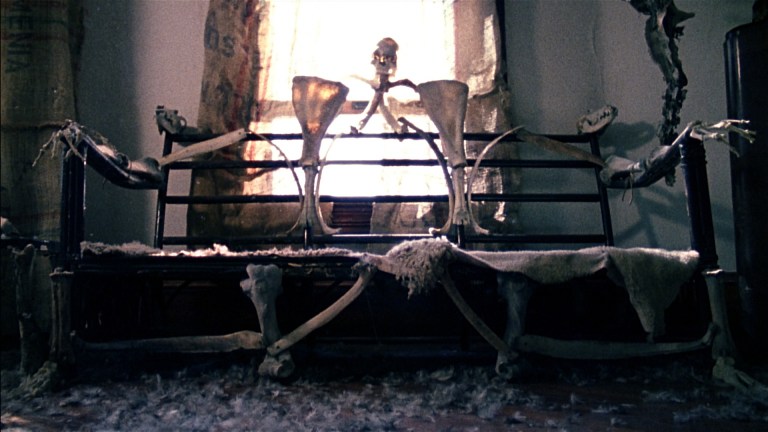
The human skeletons we see in the movie are apparently real. Tobe Hooper said in the commentary that it was cheaper to buy real skeletons from India rather than fake ones from the United States. Hooper’s comments sound a lot like Frank talking about skeletons at the beginning of The Return of the Living Dead. Doing a little digging, exporting human skeletons was a multi-million dollar business in India throughout the 1970s, and many of them were stolen from graves.
